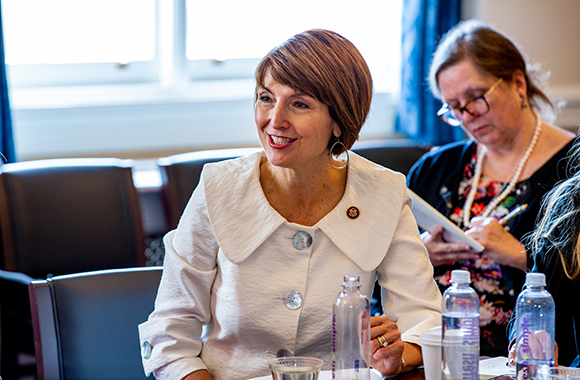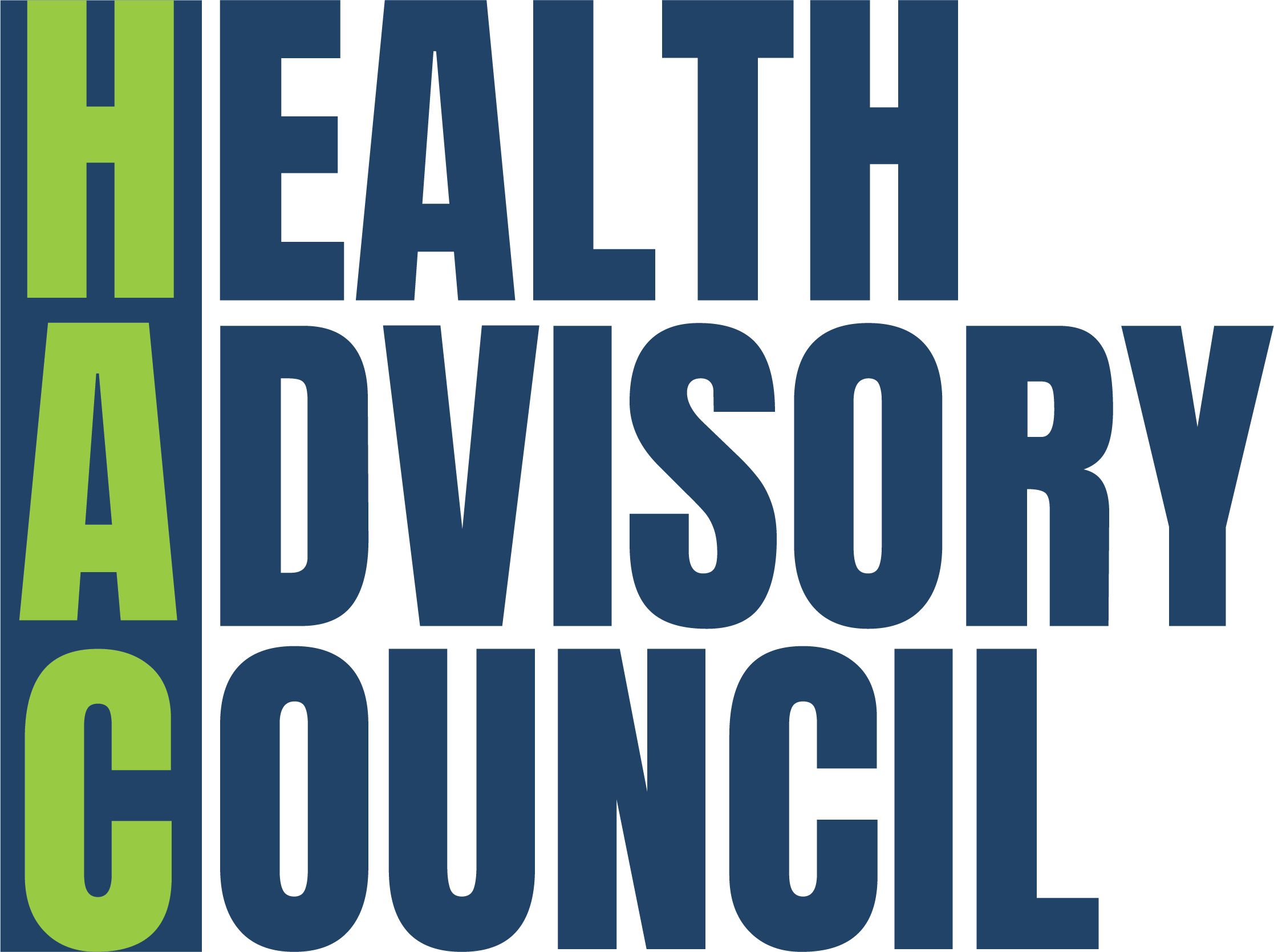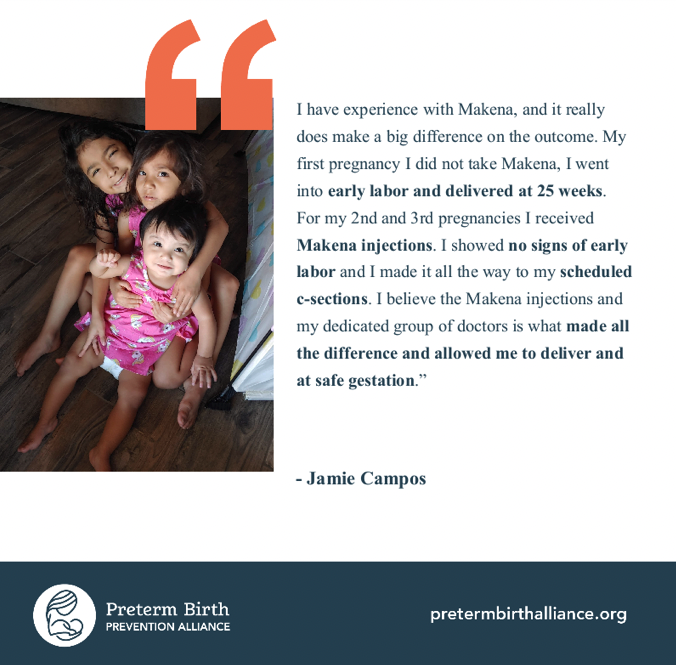The death of Zohra Shah is a call for action: Child domestic servants must be protected

Reid Maki is the director of child labor advocacy at the National Consumers League and he coordinates the Child Labor Coalition.
Sometimes words fail.
This is the case when I read the story, “Couple torture and murder 8-year-old maid for letting parrots free, Pakistan police say”—about the death of Zohra Shah, a servant in the city of Rawalpindi in Punjab. Her employers beat the little girl into unconsciousness because she had accidently let a caged bird, or birds, go free—a startling metaphor for her situation, working as a child slave entrapped in the family’s house.
The police found many marks and bruises on the little girl’s body—some of them not new, including some that suggested to them that she may have been sexually assaulted as well. It isn’t hard to surmise that this Zohra’s life was a living hell.
Not all child servants around the world are abused, but it is fair to say that because they work in people’s homes—often invisibly to the public—they are extremely vulnerable to abuse. The International Labour Organizations estimates that around the world 7.5 million children under 15 work as domestic servants.
According to the report in the online newspaper The Independent, the girl’s uncle had hired her out. ‘“The couple had promised her uncle that they would provide her education and pay a salary of R[upee]s 3000 per month (£16). But they neither gave her education nor paid salary,” a spokesperson said.’
Imagine essentially buying a child for $20 a month to be a live-in maid and then refusing to even pay that paltry sum or allow the child to exercise their universal human right to education. Unfortunately, many children are lured away with promises of wages and schooling that never materialize. Parents who are often in distant rural villages are unable to ever find them or re-establish contact.
Child domestic servants are often excluded from protective child labor laws that internationally set minimum age work laws at 14 or 15, depending upon how developed the country’s economy is. If most children under 14 cannot work, why is there an exception for domestic servants?
Zohra’s death is one of several alarming cases of abuse of child domestic servants that have occurred in Pakistan and other South Asian nations in recent years. The Independent report noted: “A judge and his wife in the capital city of Islamabad were sentenced to one year jail term in 2018 for keeping their ten-year-old maid in wrongful confinement, burning her hand over a missing broom, [and] beating her with a ladle…” In 2019, 16-year-old Uzma Bibi, another domestic servant in Pakistan, was murdered and her employers accused of the crime.
Zohra’s death has sparked outrage in Pakistan and around the world. Pakistani celebrities, including actor Osman Khalid Butt, have called for adding domestic servants to protective minimum age laws. “If we want change beyond #JusticeforZohra, we need to raise our collective voice to amend our child labor laws,” he tweeted. “Child labor is child abuse. We have another case like Zohra Shah. We cannot allow for our outrage to fade till our laws are amended to protect the rights of children, sans any loophole.”
The Child Labor Coalition (CLC) joins this call, urging the government of Pakistan to add domestic work to minimum age protections. The CLC will be holding a World Day Against Child Labor Facebook Live event on June 12, which will feature Evelyn Chumbow, an advocate against child and human trafficking who was lured to the United States to do domestic work as a teenager. She found herself virtually imprisoned and subjected to abuse. It took her years to win her freedom. Please join us at 1:00 pm EDT on June 12 for this compelling event, which will also feature victims of forced marriage and child labor.
The Child Labor Coalition is co-chaired by the National Consumers League and the American Federation of Teachers and consists of 38 child rights, human rights, labor rights and environmental groups, including Beyond Borders, which does excellent work in Haiti protecting domestic workers.



















